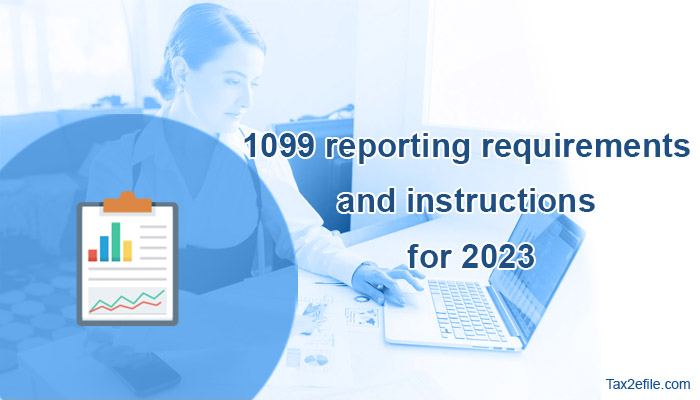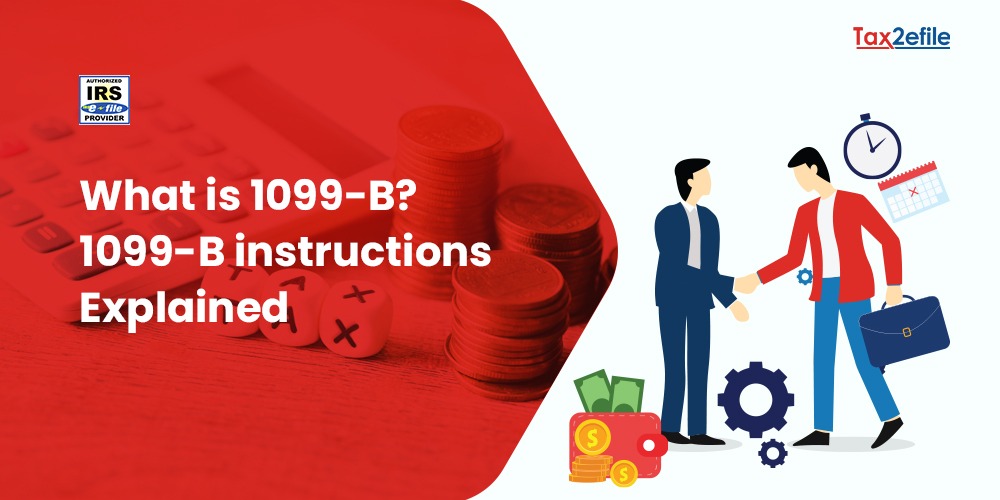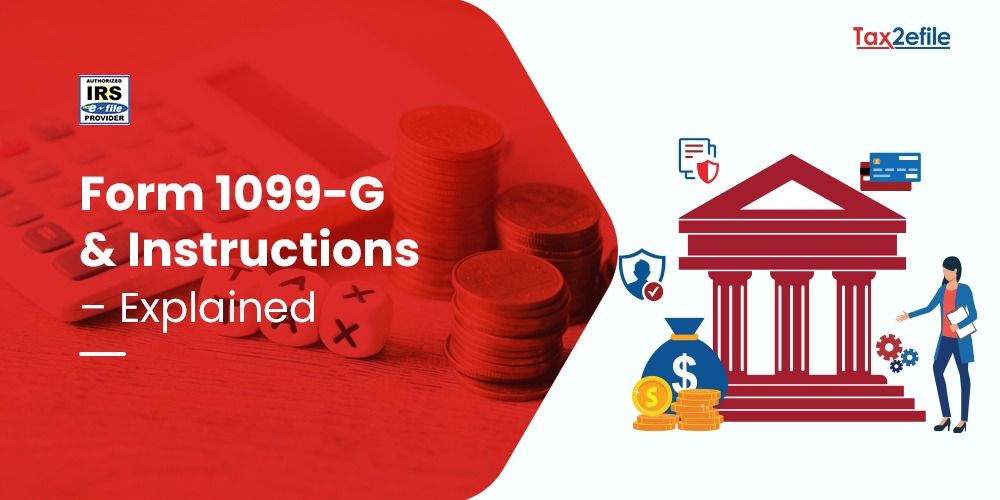- March 20, 2023

The IRS Form 1099s are information return forms that the taxpayer users to report income such as interest paid from banks, dividends from brokerage accounts, money generated from freelance work, unemployment benefits, etc. The deadline to mail the 1099 Forms to the taxpayers is generally January 31st. If the 1099 Form is not received, then the taxpayers are responsible for paying the taxes owed on any income earned during the tax year. And, if the taxpayer receives an incorrect tax Form, they can ask their originator to send the corrected Form.
Table of Contents
Who receives tax Form 1099?
Taxpayers generally use this Form to report their non-employment income with the IRS. Each type of non-employment income requires a different version of the 1099 Form to report to the IRS. For example, Student loans and incomes are reported in Form 1099-S, dividend income is reported through Form 1099-DIV, etc.
The IRS will match the W-2 Forms and the 1099s with the 1040 Forms to verify the tax returns reported by the taxpayer. The IRS will ask the taxpayer to pay additional taxes if they do not match. Thus, taxpayers must get the required Forms from those who owe them, as failing to pay them on time will incur additional fines and penalties.
Businesses will generally issue these Forms to any payee receiving $600 as non-employment income during the tax year. There are still exceptions to this $600 threshold. Regarding interest income, these Forms are issued if the threshold is $10.
Instructions on Form 1099 for the year 2023
All the 1099 forms the taxpayer receives also go to the IRS. The Forms should reach the IRS by the end of February. Every Form should possess an employer identification number (EIN) and the Payee’s Social Security number. Any errors in the Forms should be reported to the IRS and the concerned parties immediately. Delays in correcting the errors will result in fines and penalties.
If the taxpayer has dispatched the incorrect tax Form to the IRS, they can ask the payer to send the corrected Form. There is a special provision in the Form to show that it is correcting a prior 1099 to ensure that the IRS doesn’t add the tax amounts together.
Taxpayers should record all the tax documents to ensure they have received them on time and filed their taxes. If the taxpayer still needs to receive the Form, they should contact the payer or the employer to ask for the missing documents. Even if they don’t get the Form on time, taxpayers should file their returns by the tax filing day.
There are different types of 1099 Forms, as taxpayers receive different types of income, which include retirement income, local tax returns, interest income, etc. Even if taxpayers do not receive all of their 1099 Forms, they should still report their income with the IRS and pay their taxes. Taxpayers may need to consult a tax professional if they are sure about issuing 1099s. Experts at Tax2efile can help taxpayers in reporting their non-employment income properly with the Internal Revenue Service.


